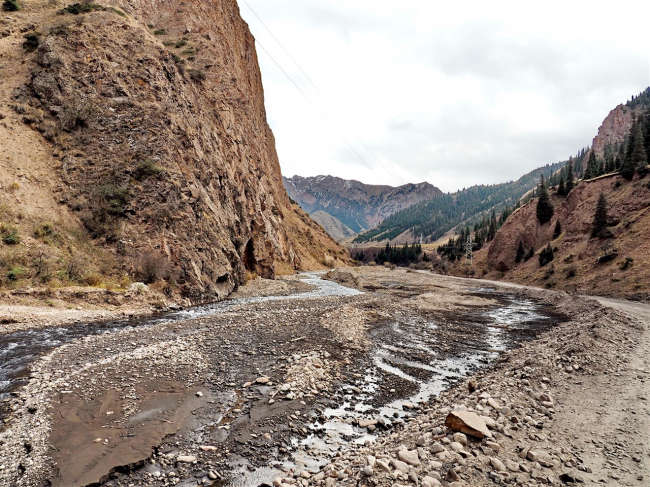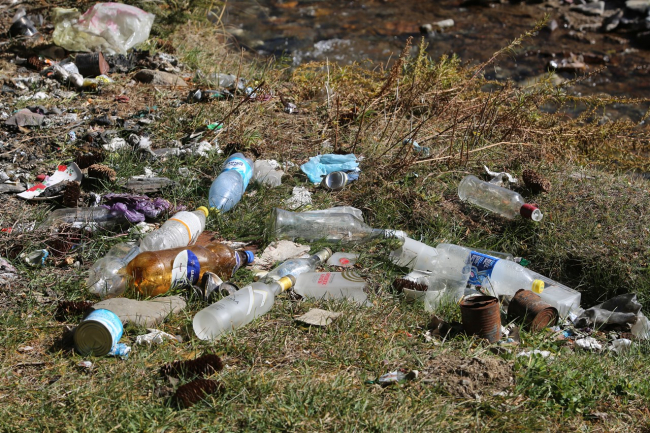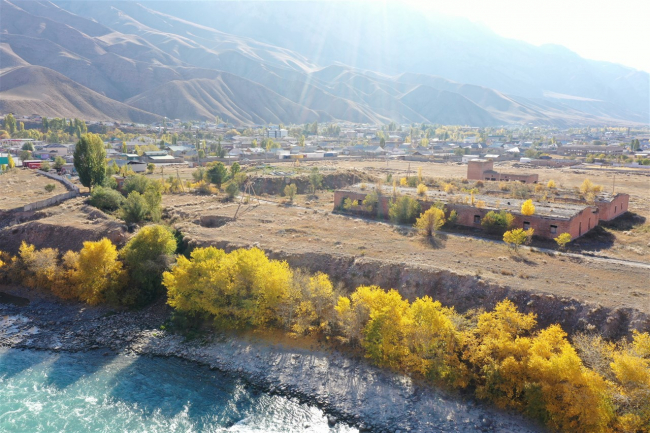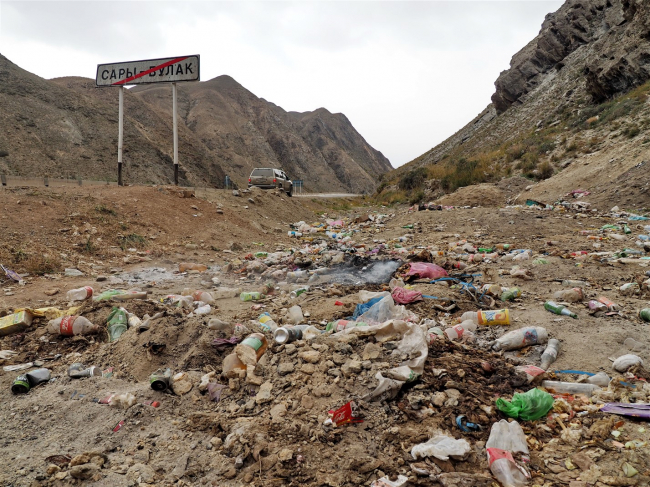Wastewater from Uranium Mines in Min-Kush
74°28’28″E 41°41’19″N Wastewater from uranium mines in Min-Kush. Natural waters flowing through the territory of the Min-Kush geochemical province are highly enriched with uranium and are a source of environmental pollution, carrying it over significant distances and reaching the territories of Tajikistan, Uzbekistan, and the Aral Sea. Drinking water in the settlement of Min-Kush contains a high concentration of uranium and is a source of its intake into the bodies of animals and humans.









